- Stay Connected
 Abraham Lincoln
If given the truth, the people can be depended upon to meet any national crisis...
Abraham Lincoln
If given the truth, the people can be depended upon to meet any national crisis...
 Guildford news...
for Guildford people, brought to you by Guildford reporters - Guildford's own news service
Guildford news...
for Guildford people, brought to you by Guildford reporters - Guildford's own news service
Beekeeper’s Notes January 2018: ‘Meat Seeking Missiles’
Published on: 1 Jan, 2018
Updated on: 2 Jan, 2018
Hugh Coakley keeps bees in Worplesdon. In the latest of his monthly notes, he talks about launching bee hives at the enemy, the state of play in the apiary and a photographic summary of the year.
Talking about bees in your bonnet, I got a curious book this Christmas; Bee-Sieged – Bees In Warfare.
In the unlikely event that you ever felt you had to satisify a burning desire to devise new ways to use bees against an enemy, don’t bother. It’s already been thought of.
From hurling a full hive into the enemy hordes or poisoned honey for an unwary foe to consume or even setting up hives as booby-traps, this book records it all in great detail. A surprisingly effective weapon. I don’t think I would be amused if I was a knight in shining armour being hit by an airborne missile full of angry bees.
Certainly an interesting book but one for the specialist, I think.
From the ridiculous to the sublime (or the violent to the peaceful), the bees are very quiet now that the weather is colder. They are clustering in tight packs to keep warm, only moving around their home to eat. Not unlike us humans on Christmas Day.
To see the old year out and whilst the bees are quiet, I thought that I would do a brief and somewhat random (other than chronological) record of the bee year.
Pollen was pouring into the hives in March this year as the queen increased her egg laying. The pollen is the protein food for the bee larvae. Click on the photos to enlarge them in a new window.

March 2017 The bee has branched hair on its body which captures the pollen. She then brushes it back onto her back legs, compresses it a bit and, hey presto, she is ready for transporting back to the hive.
Spring comes and with it the fantastic tree blossoms that the bees love.
April is a busy time of the beekeeping year. Moving hives around the apiary can be quite time consuming as if you move the hive more than three foot (one metre) at a time, the bees get lost.
Summer comes on. The bees are seriously building up the colony and taking every chance to bring in pollen and nectar.
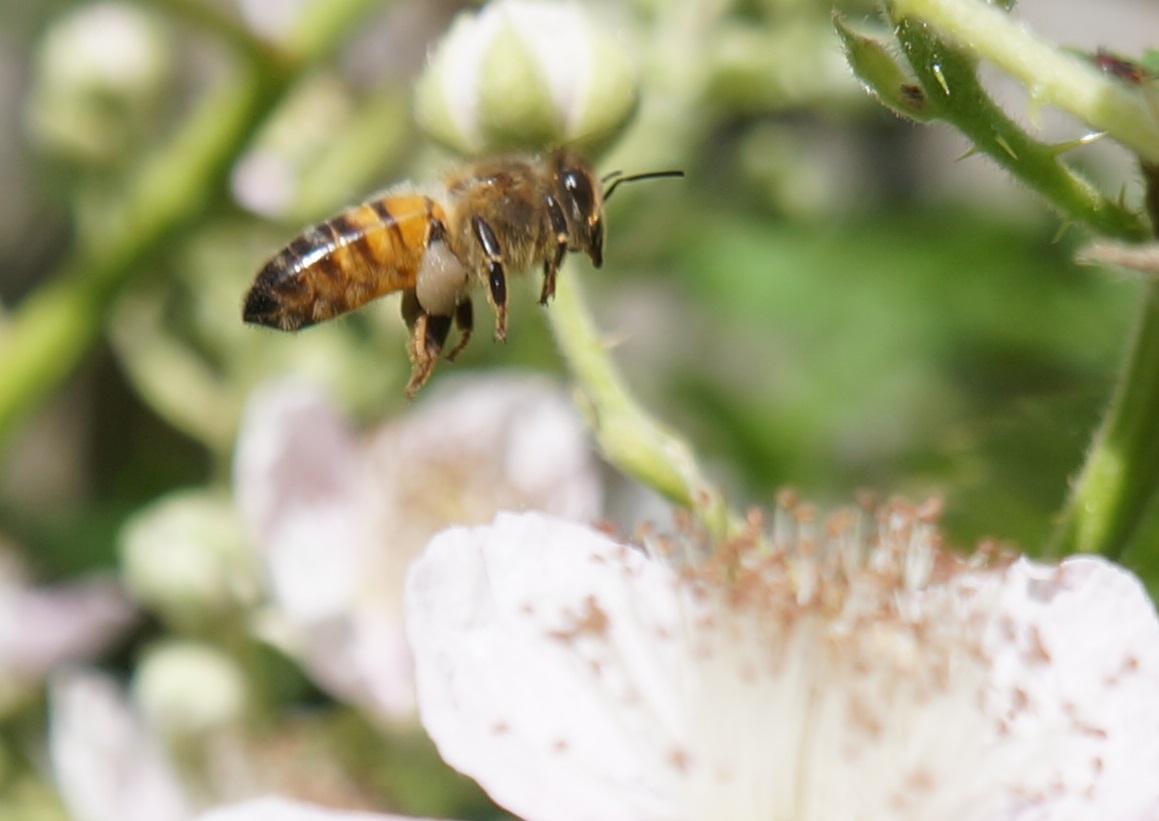
June 2017 Just about to land on a blackberry flower. She is already laden with pollen. They can carry up to 50% of their body weight in nectar and about a fifth (20%) in pollen.
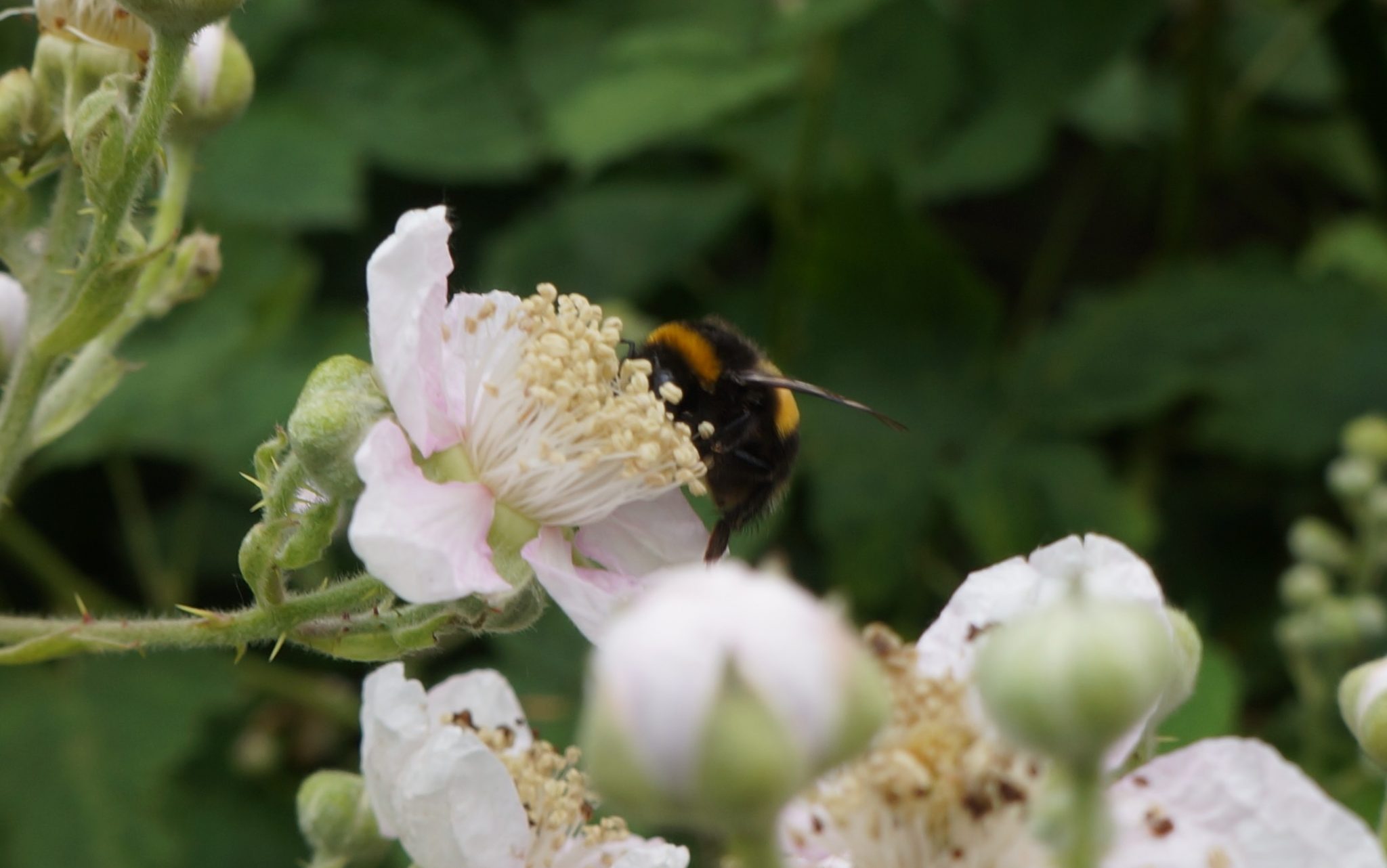
June 2017 Bumble bees seeking the pollen and nectar as well. Honey bees are not the only pollinators around.



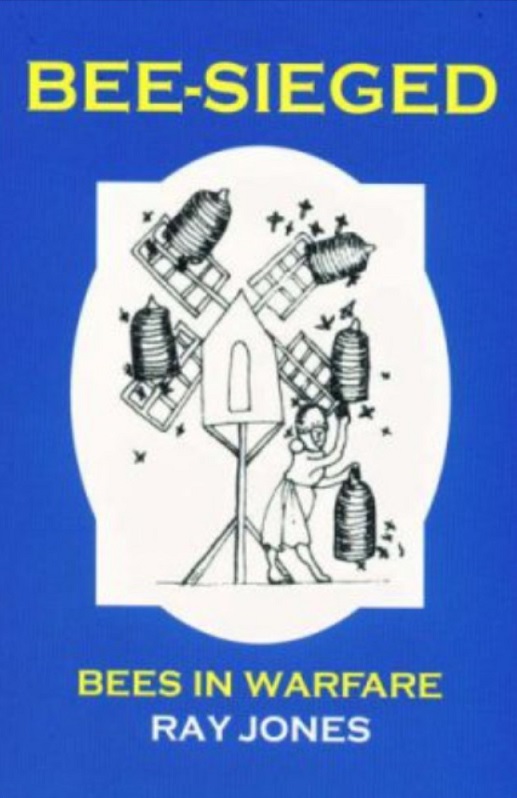

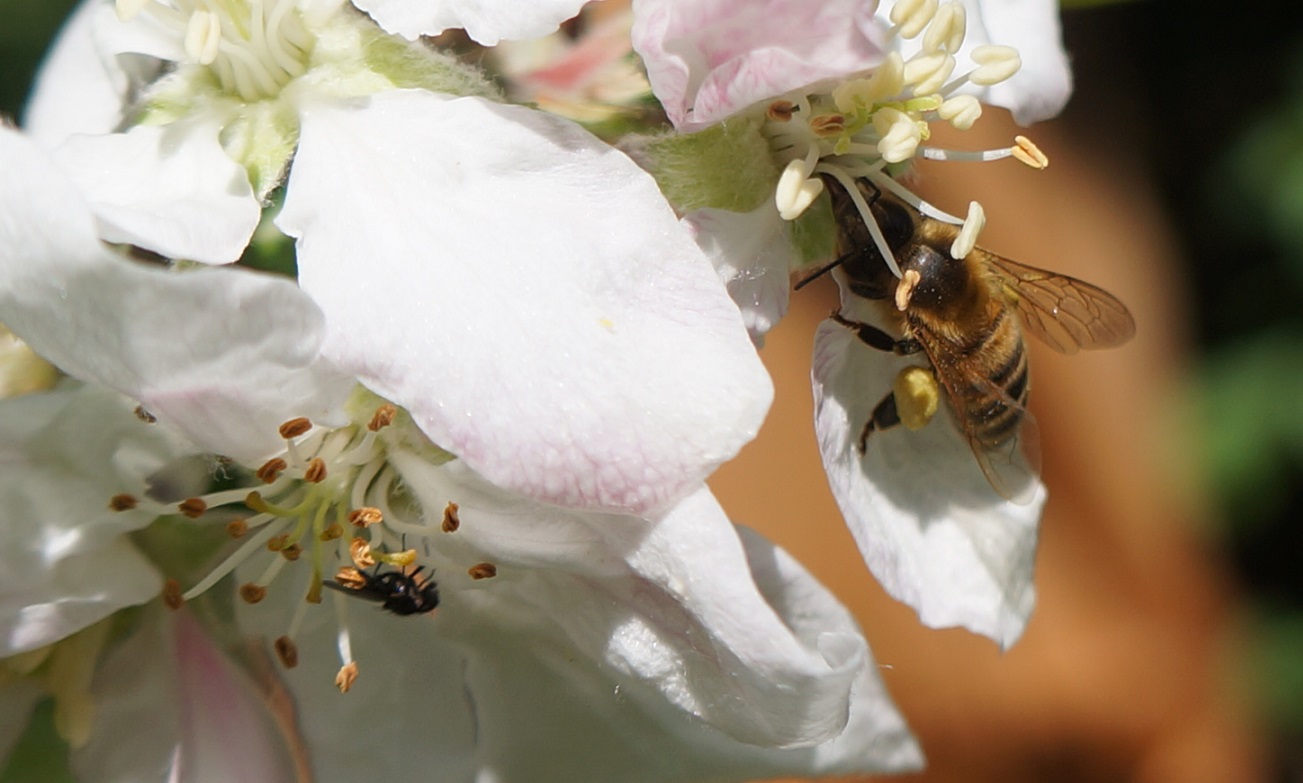

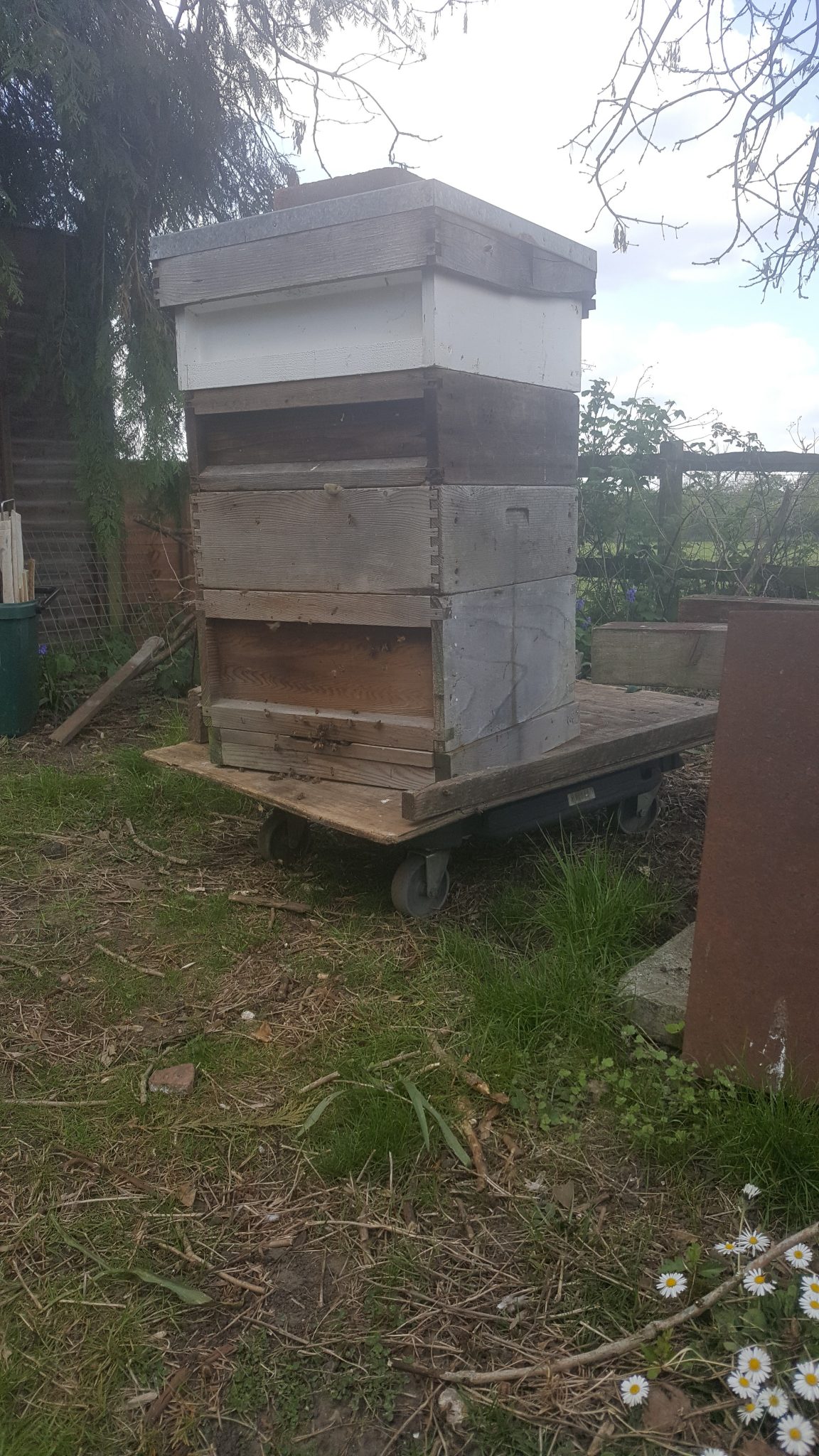
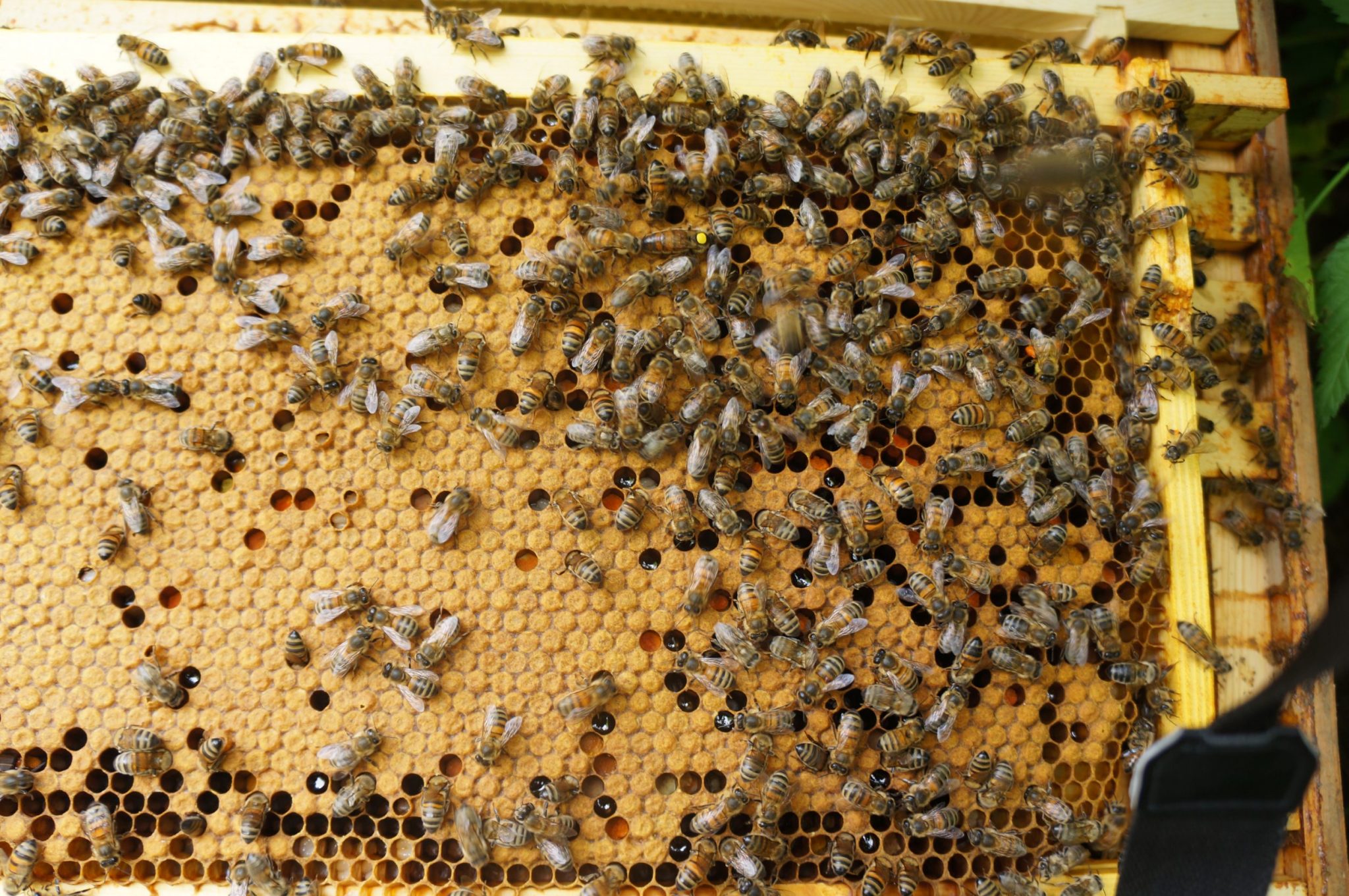
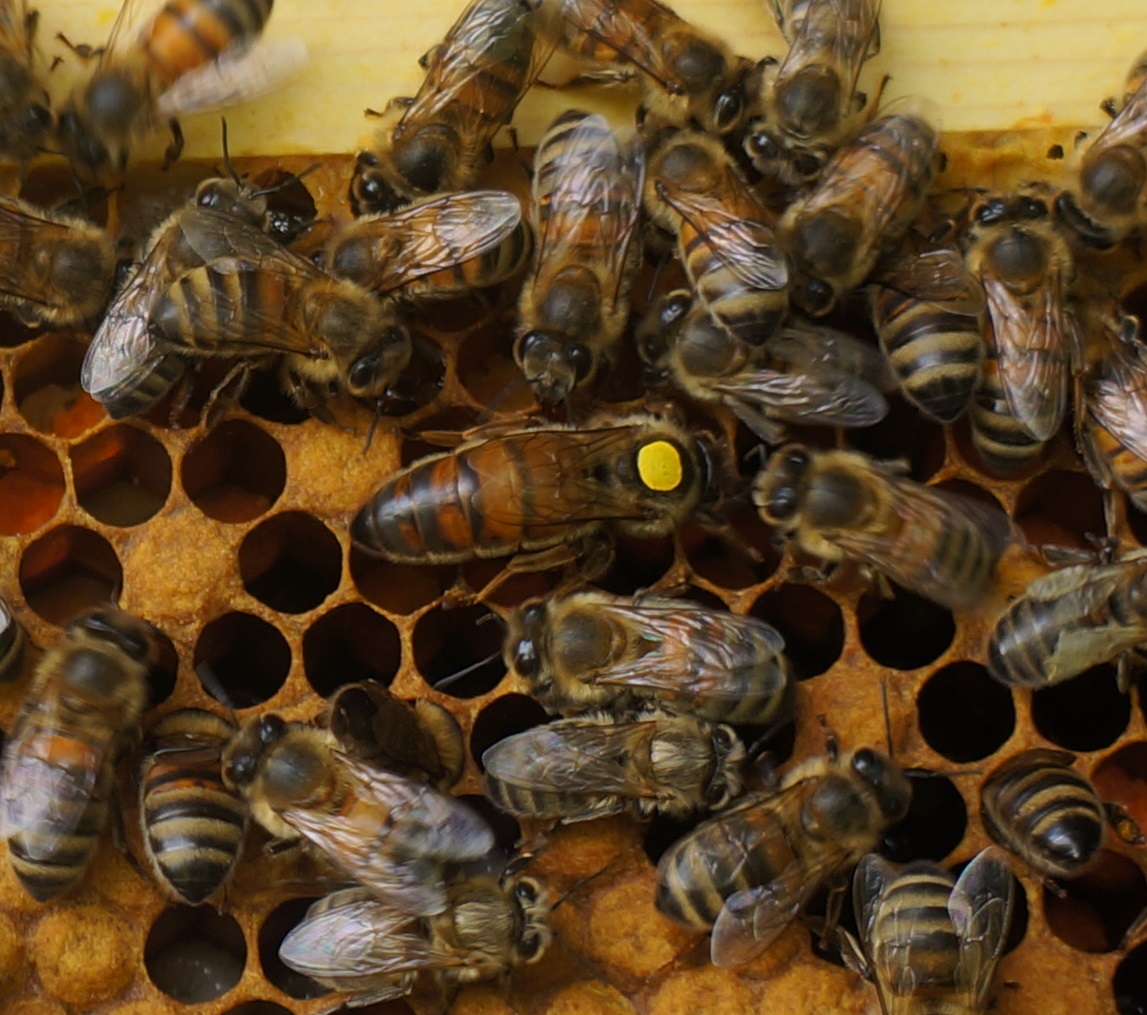
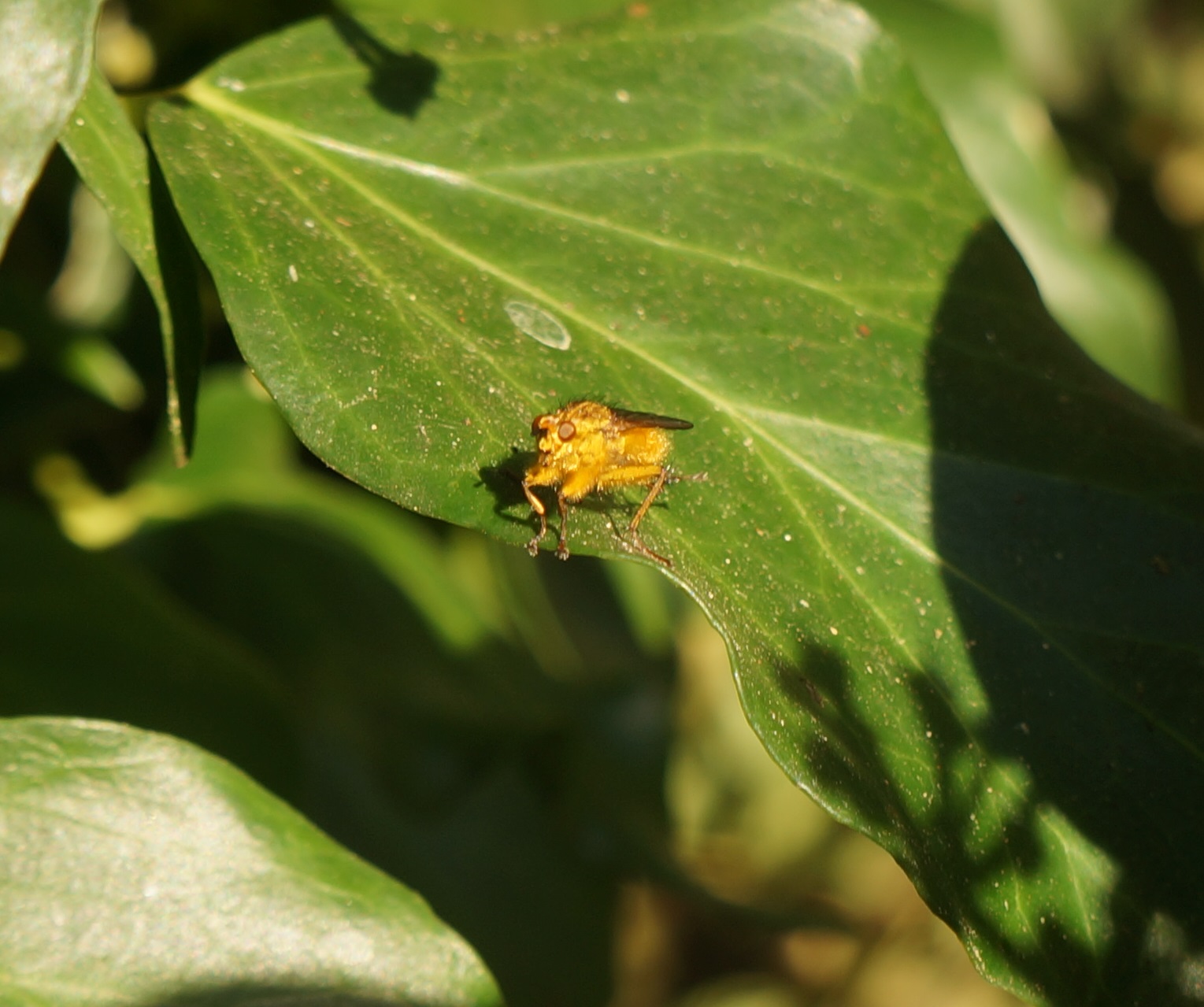
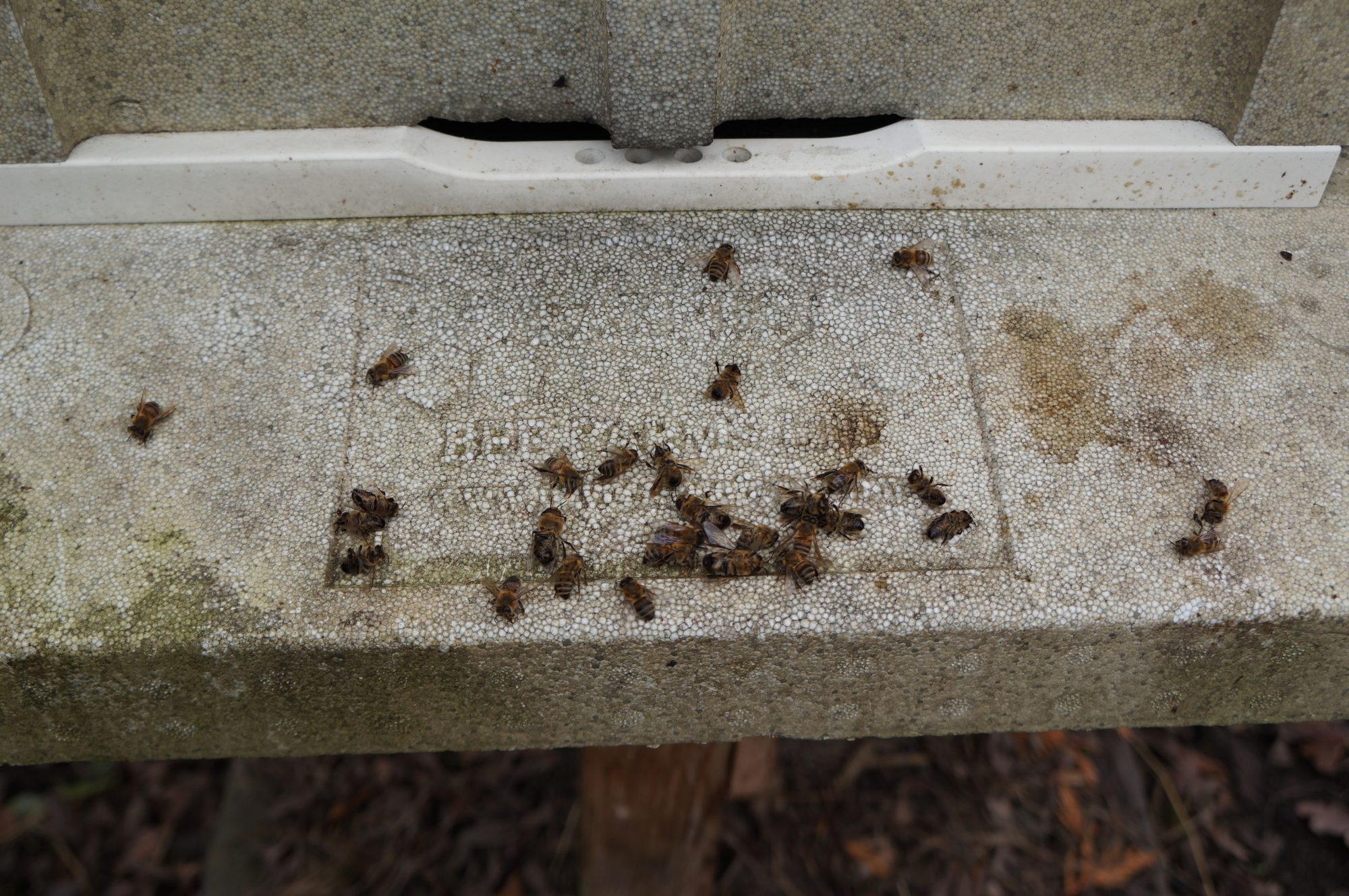









Recent Comments